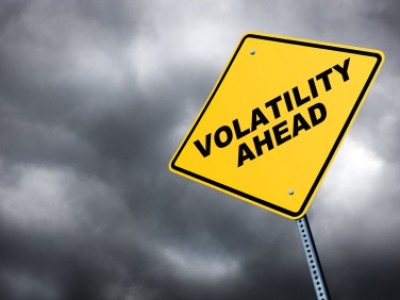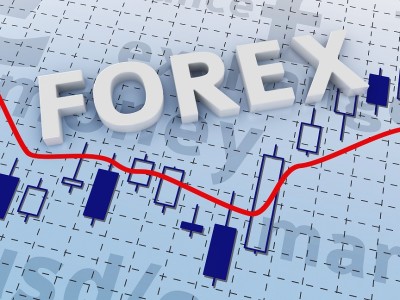Volatility in Trading
In the last week, volatility in the equity futures contracts has increased markedly. This happened over a period of just seven trading days. The Chicago Board of Options Volatility Index, also known as the VIX, jumped approximately 60% in that short spell, going from a reading of 12.75 to 20. For some traders this sudden increase in the rate of change in the stock market can be unsettling.
For those of you that may be new to trading, let me explain what the VIX index specifically measures and why you should track it as part of your trading process. The VIX is an index that measures the implied volatility for the S&P 500 index going out 30 days. This is done by tracking how much options traders are willing to pay for insurance against a decline in the stock market. Insurance is a fitting term, as the amount traders pay for purchasing these options is called a premium. Similar to what you pay to insurance companies when you want to insure your automobile or home.
These options are called Puts and are purchased by those that want the right, but not the obligation, to the sell the S&P 500 index for a specific price and time. The way it works is simply a function of supply and demand in the traditional sense. For instance, if the market starts to fall, traders and investors become nervous and buy put protection against their holdings, thus pushing premiums higher. As the market accelerates its decline, the demand for these puts increases sending the VIX index higher. The latest decline in stocks has done exactly that. As we see in the chart below, lower markets correlate to a higher VIX index.
So what does the latest bout of selling and increase in volatility in the equity index futures mean for traders? The first thing I tell students at Online Trading Academy is to stay the course. What I mean by this is that one should not bounce around from strategy to strategy because the market is moving faster. I say this because that’s the first tendency traders have when the environment changes. I would suggest that volatility is good provided you know what you’re doing in regards to finding low risk opportunities. This is why our patented strategy of supply and demand works well in these types of surroundings.
I would add that there are some adjustments that need to me made in regard to trading time frames, but sticking to the core strategy is very important.
The first adjustment in this regard is to look at larger time frames. This is to determine when the decline is likely to change directions. An example of that would be in the Nasdaq futures. In last September’s sell-off and spike in volatility, the selling was arrested at the daily demand zone seen on the chart below:
I suspect that this recent spate of selling will culminate in a daily or weekly area of demand. Coincidentally, The VIX index peaked at 20 at the time of the September rebound. Why is this information important you might ask? Well, that’s because too many traders blindly follow the trend and are usually very late in figuring out when the trend has changed. This type of trading does not afford low risk trading opportunities. Moreover, this gives traders a false sense of security as they feel safer in trading when markets are trending and are experiencing low levels of volatility.
The bottom line is that if treated correctly, volatility should be a friend and not a foe to traders.![]() In my experience you should expect more volatility in the new year as the markets have spent many months this year marked by historically low levels of volatility. I say this because this usually portends months of heightened volatility. If I’m correct I would ask, are you’re properly prepared for this type environment? If the answer is no, then stay on the sidelines. If the answer is yes, then get ready for some great opportunities coming in the near future.
In my experience you should expect more volatility in the new year as the markets have spent many months this year marked by historically low levels of volatility. I say this because this usually portends months of heightened volatility. If I’m correct I would ask, are you’re properly prepared for this type environment? If the answer is no, then stay on the sidelines. If the answer is yes, then get ready for some great opportunities coming in the near future.
Until next time, I hope everyone has a great week.
Source:: Volatility in Trading















